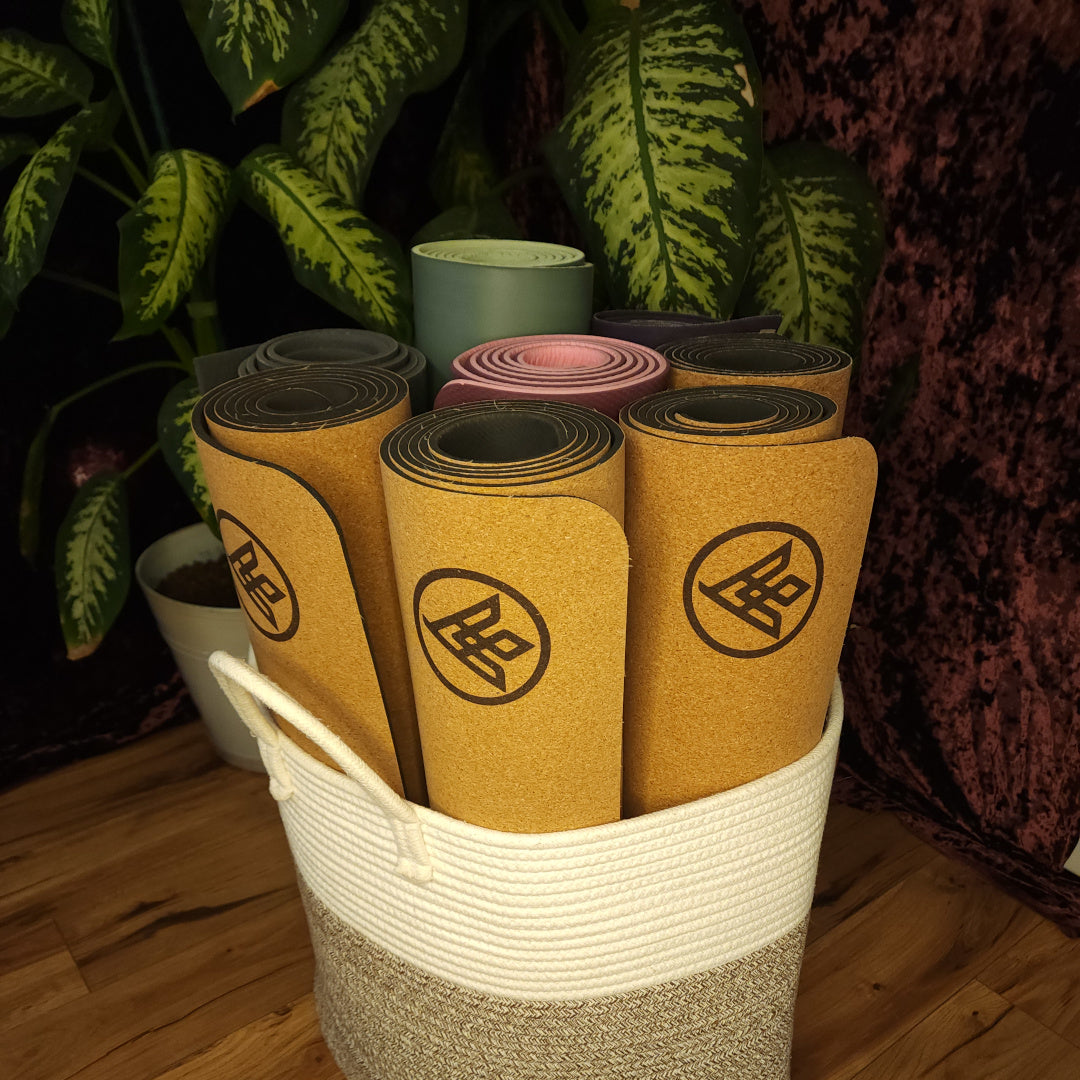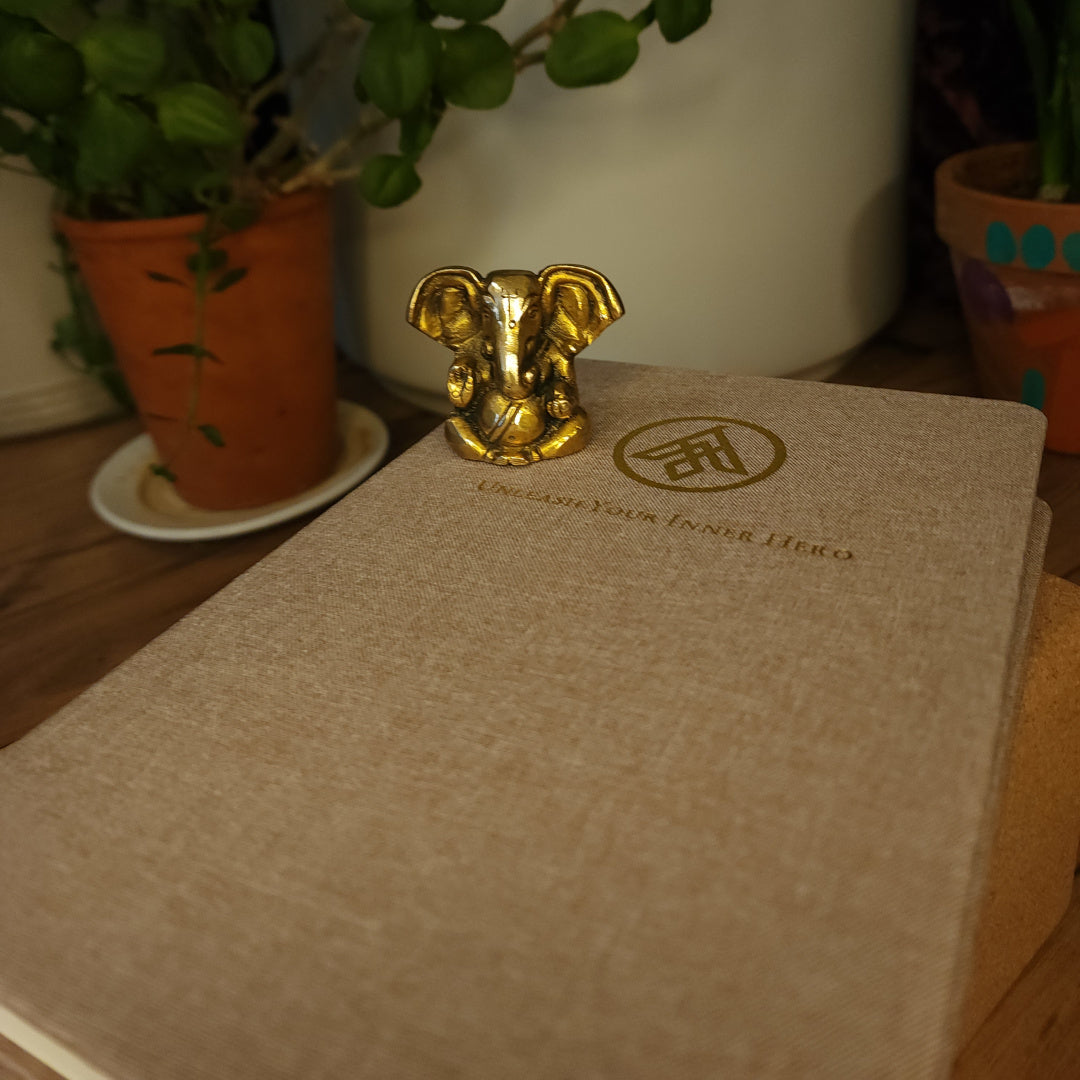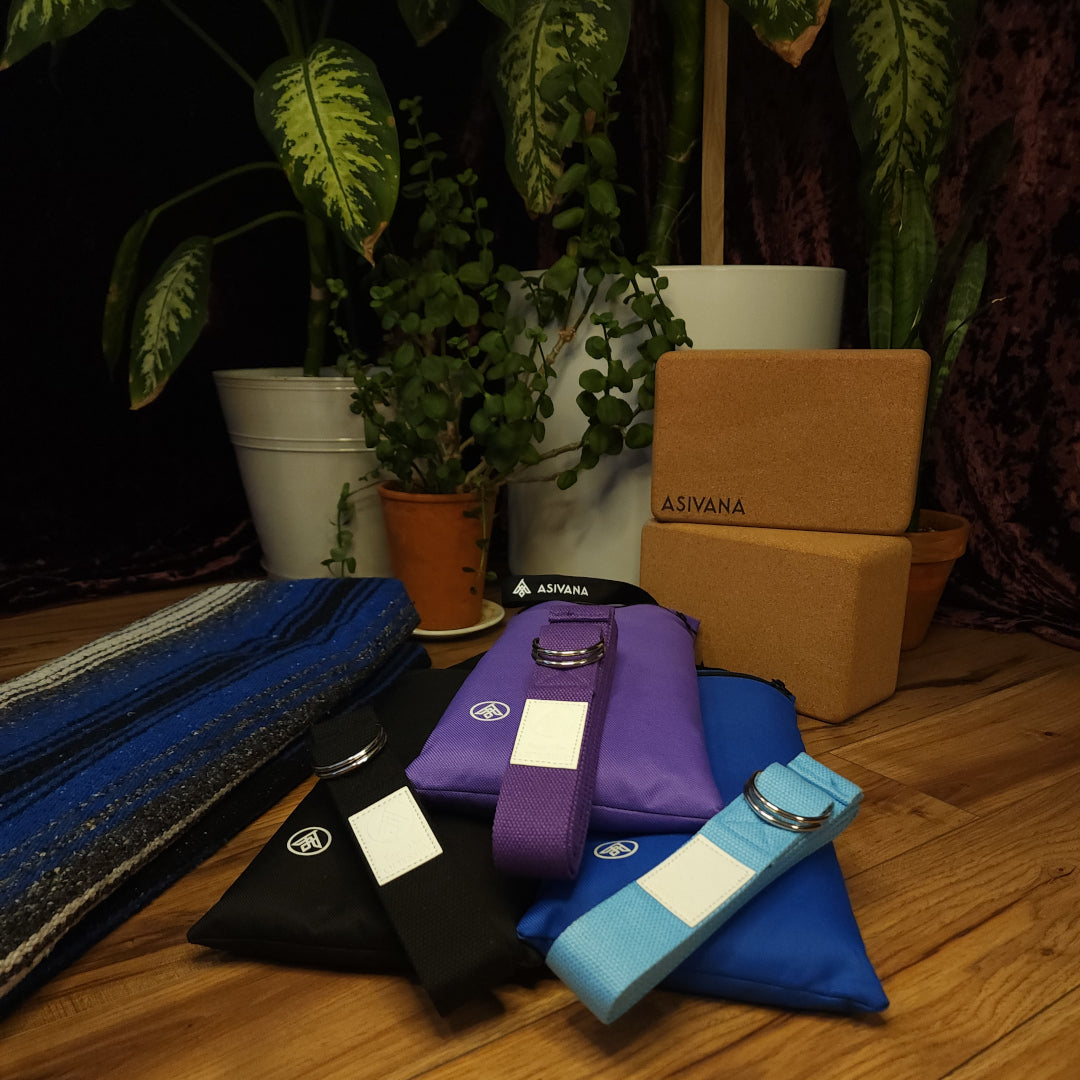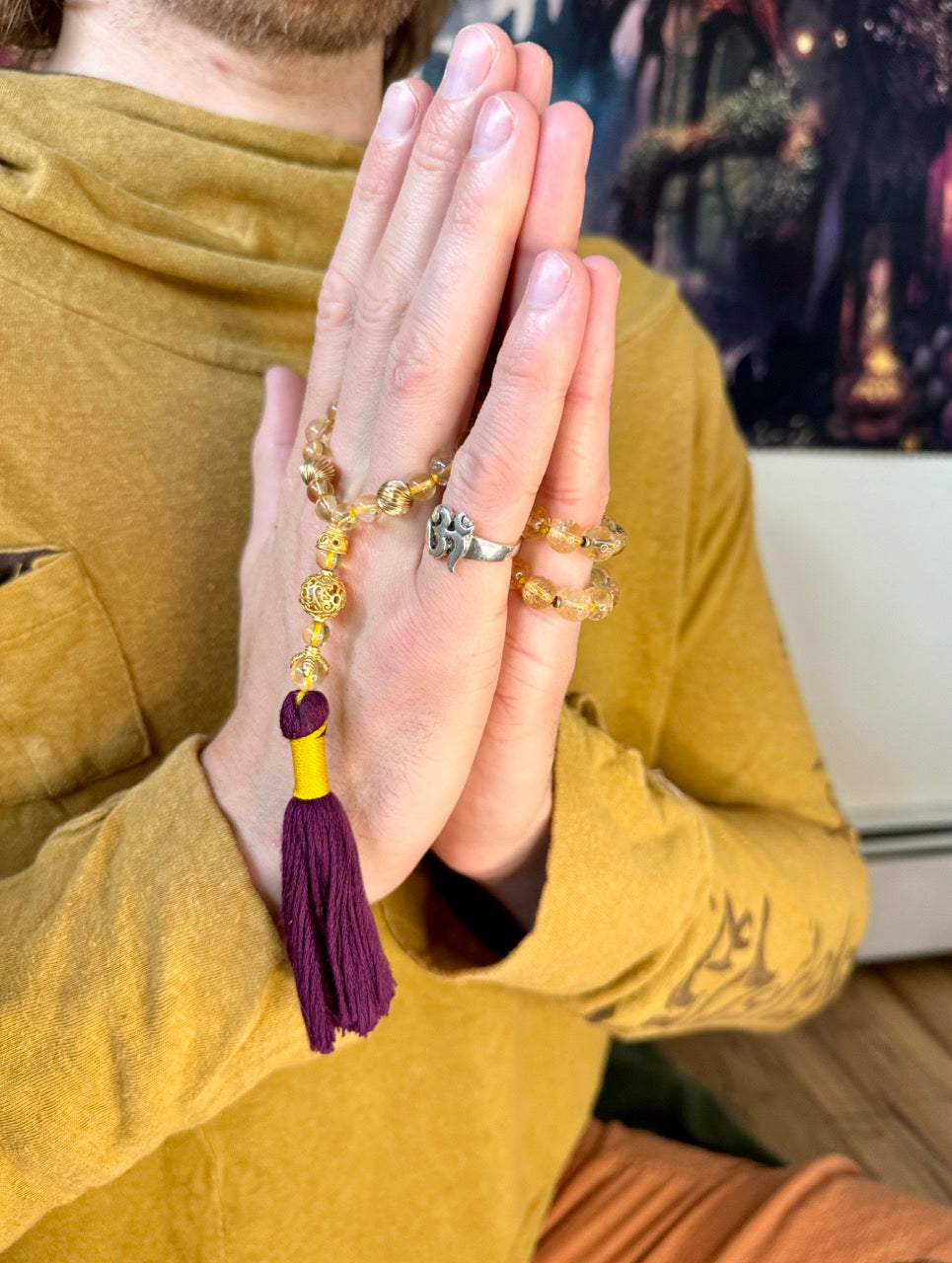What is Hot Yoga?
Jack UtermoehlShare
Hot yoga is an intense practice performed in a heated environment, enhancing flexibility, endurance, and detoxification through sweat.
Unlike Bikram yoga, which follows a strict sequence, hot yoga includes various styles such as vinyasa, power, and yin yoga, each adapted to heat.
Origins of Hot Yoga
Hot yoga gained popularity in the late 20th century, largely due to Bikram Choudhury, who introduced a structured, heated sequence.
However, the concept of practicing in heat originates from the naturally hot climate of India, particularly in Ashtanga yoga's birthplace of Mysore.
Today, hot yoga incorporates various styles, adapting the challenge of heat to both physical endurance and mental focus.
Hot Yoga Practice
Hot yoga enhances circulation, mobility, and stamina, leveraging high temperatures (95-105°F) and humidity to facilitate deeper stretches.
Common Yoga Practices in Heat
- Bikram Yoga: A fixed 90-minute sequence of 26 poses and 2 breathing exercises.
- Vinyasa: A fluid, breath-linked practice with continuous movement.
- Power Yoga: A vigorous style focused on strength and endurance.
- Yin Yoga: Long-held poses targeting connective tissues, often in a mild heat setting.
Hot Yoga Suitability
Experience Level: Intermediate Level to Advanced Practitioners
Physical Demand: Balanced Activity to Physically Engaging
Mind-Body Engagement: Balanced Mind-Body
Adaptability: Moderately Adaptable
Focus Area: Comprehensive Fitness
Notes on Hot Yoga
Hot yoga improves muscular flexibility, detoxifies the body, and boosts cardiovascular health and mental resilience.
While typically practiced in studios, it can be done at home using a Heated environment, such as a Hot Yoga Dome.
Similar Styles
Ashtanga Yoga, Bikram Yoga, Power Yoga, Vinyasa Yoga, Yin Yoga, VinYin Yoga
Equipment
Required: Yoga Mat
Nice to Have: Yoga Blocks, Yoga Towel
Optional: Yoga Strap
Yoga Essentials for Your Practice
Support your yoga journey with high-quality, sustainable props designed for comfort and stability.
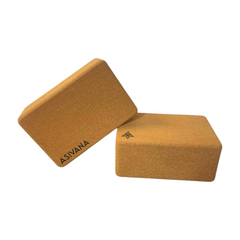
Crafted from eco-friendly cork for durability and a comfortable practice.
$24
Shop Now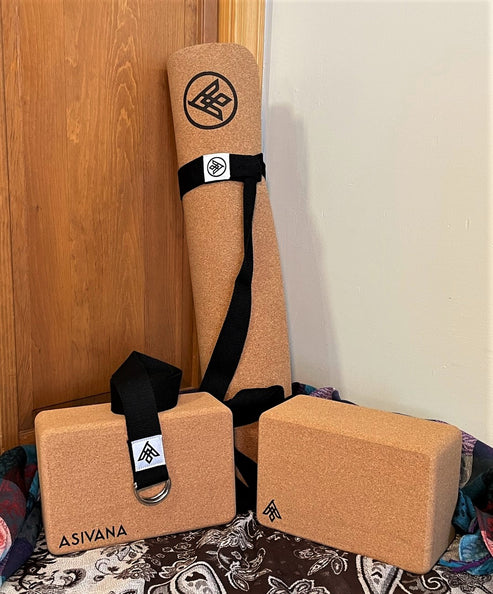
Includes everything you need to get started: a mat, blocks, and a yoga strap.
$120
Shop NowReferences
‘Hot Yoga MasterClass’ by Gabrielle Raiz
‘Hot Yoga: Energizing, Rejuvenating, Healing’ by Marilyn Barnett
‘Beyond Hot Yoga: On Patterns, Practice, and Movement’ by Kyle Ferguson




